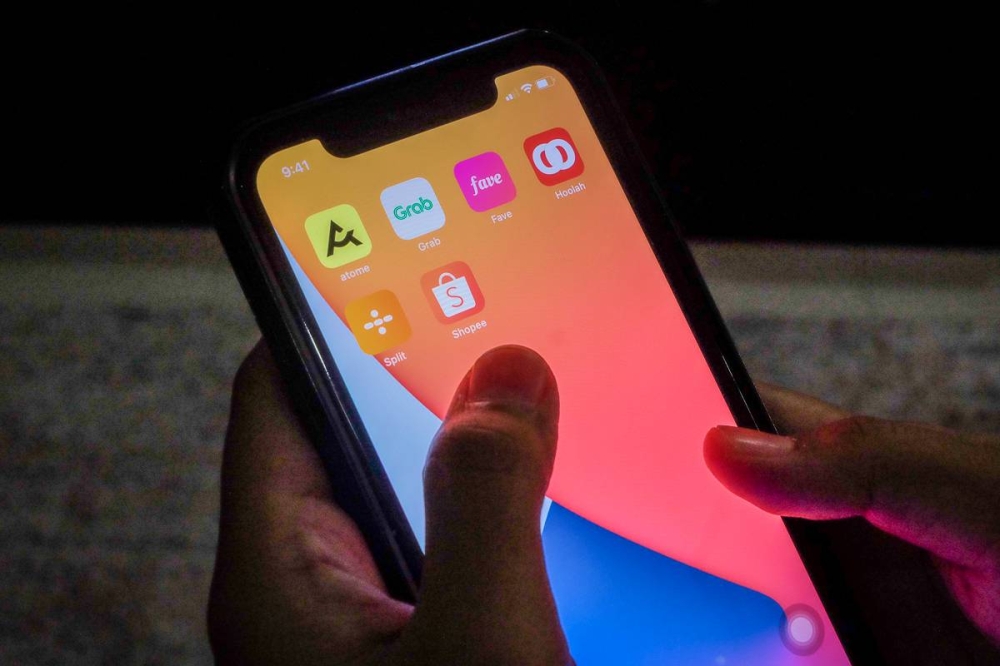KUALA LUMPUR, July 5 — Aaron SM, 27, made use of buy now, pay later (BNPL) services precisely once and got hounded by SPayLater representatives. To be fair though, it was his fault.
He had purchased a cheap washing machine as part of his research into BNPL for his work in e-commerce. Shortly after that, he went on a holiday to the UK, forgetting about the instalment payments totalling RM350.
“This was before they issued reminders,” he said. “Out of nowhere I received this email stating that I was overdue on payments and my account was barred from further purchases.”
The experience left him feeling like a criminal.
BNPL services aim to break up payments into installments with zero interest, making it a very attractive and convenient way to purchase items during this renaissance of online shopping.
Some are offered by shopping platforms such as Grab, Shopee, and Fave; others are provided by BNPL platforms like Atome and Split.
However, the convenience supplied by these services is part of what makes dependence on them “dangerous”, cautioned some users.
Editor Kong Lee Lian, 32, said these services prompted her to “spend more money than I should”.
She discovered that her purchases of coffee and food via Grab PayLater racked up bills of nearly RM1,000 or more per month. She called it “pure wastage in the name of convenience”.
Game tester Sangeetha Ravindran, 22, has a different view coloured by her B40 — bottom 40 per cent of the income classification of Malaysia — background.
She used Grab PayLater to purchase an oven and a phone, both items she described as “way overdue for an upgrade”. Yet she still felt the pinch of the installment payments as someone who lives pay cheque to pay cheque.

“I think people who don’t earn enough to live a dignified life are the most vulnerable to these risks,” she added.
This is an assessment Aaron agrees with. His background in e-commerce and his experience working in the back-end of such projects have led him to believe BNPL schemes induce low-income groups to spend more money.
Theoretically, BNPL services free up users’ cash flow in the way it distributes payments, but users also find it easier to spend beyond their means.
A doctor still doing her housemanship, June C, 27, attributes this to the high credit limits users are given.
“A credit limit of RM2,000 will make me think I have RM2,000 to spend... which I don’t,” she said.
Wariness about BNPL’s perceived risks was prevalent among the users Malay Mail spoke to, many of whom confessed to having used it only for the promotions and discounts offered on top of zero-interest policies.
Natasha Lim Ling Hui, 28, a consultant with an audit firm, was initially drawn to use BNPL for her groceries because of the savings provided by promo codes given by Grab for using its PayLater service.
She admitted that she found the discounts more attractive than the ability to break up her payments into installments.
The lack of regulation is another issue that users of BNPL services identified. Aaron noted that it was too easy to become a BNPL user as barriers to accessibility were almost non-existent.
“You can use it even if you’re unemployed,” he said.
Yet some users do believe that a strong sense of financial responsibility can help negate BNPL users’ risks of falling into a cycle of debt.
“If you’re a responsible person and you know what you’re doing, then you’re okay,” Aaron added.
“But you have to be a good paymaster and you have to keep track of your spending. It’s an exercise in self-restraint and financial responsibility.”
Lim said that it could be more useful than credit cards “because the interest is cheaper and more manageable, so it can get really affordable”.
The consensus seems to be that BNPL services can be financially helpful but only if you know what you are doing. It remains to be seen though whether BNPL’s risks can be reduced with more regulation.




















